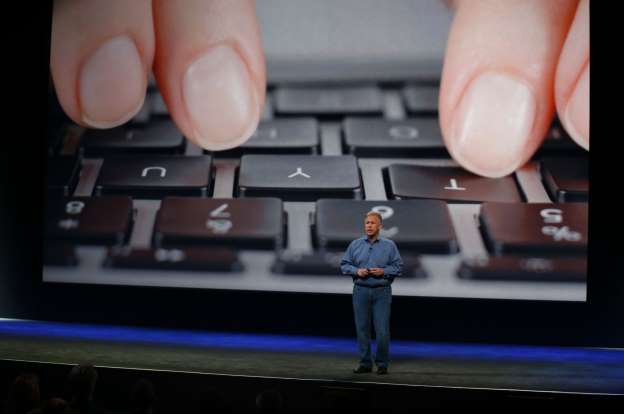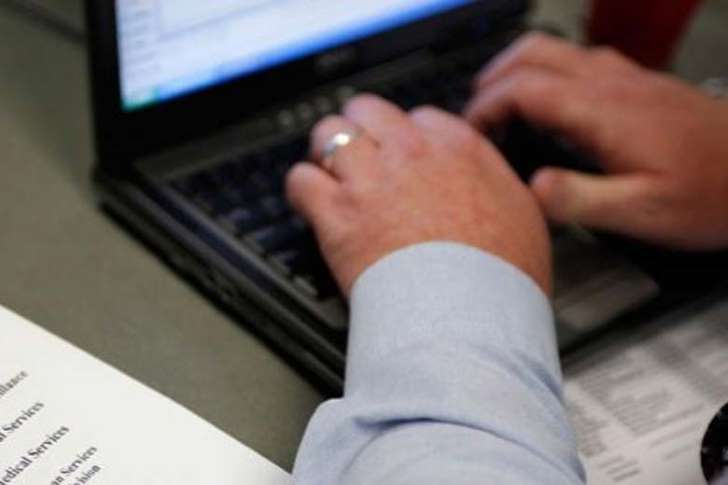September 8, 2015
The password has been something all of us have struggled with. In fact, the worst and easiest to crack passwords are the most commonly used across the world.

September 8, 2015
The password has been something all of us have struggled with. In fact, the worst and easiest to crack passwords are the most commonly used across the world.

This abuse is so common that we have all, at some point of time, used '12345' or 'password' to secure anything from our email to bank accounts. It is a good thing that at least some of these services prevent you from using simplistic passwords.
However, all this could soon be a thing of the past. There have been efforts for many years to find an alternative to the text input as a password. Companies such as Lenovo and Toshiba have been very successful in incorporating fingerprint scanners on their computing devices, at least in the high-end ones meant for use by top management. Now, this technology has been democratized, thanks to Apple taking the plunge with its iPhone. The Android bridge led by Samsung followed suit and now the fingerprint sensor is found in even very affordable OnePlus and Meizu MX5 smartphones. And that is good news; at this rate it won't be long before this security is made available even in entry-level phones. That would mean you will no longer need to struggle with a passcode or pattern to unlock you phone.
However, there is more in the offing. The next phase of device security, at least in PCs, will not require any intervention from the user as the computer will, by itself, be able to login the authenticated user. Microsoft has, with Windows 10, launched Hello, which recognizes the face of the user and logs him in automatically. However, the technology is hardware-enabled and hence not available on all devices at the moment. A lot of the Windows 10 devices, even the tablets and two-in-ones showcased at the IFA in Berlin, come with the Intel RealSense camera technology that will enable this feature. RealSense cameras are able to scan the faces and use its unique characteristics to login in the device's owner without the need for a password. If a PC has been locked, the user will be able to start working by just standing in front of it. In the locked mode, the camera will keep scanning for the face that unlocks the PC.
Google has, for some time now, been using voice to negate the need for navigation on smartphones and tablets running Android. Now, it is tying up with Intel to bring some of these technologies to laptops too. In fact, the first RealSense camera on a smartphone will be on Google's Project Tango devices, the first prototypes of which were on show during the Intel Developer Forum in San Francisco. The Google-Intel voice collaboration will let users unlock and access their devices with just voice commands.
However, the cost of these conveniences could be the extra power consumed by the camera and the microphone waiting for the face or the command that unlocks the device. There is also the need to secure these security features, without which any vulnerability will give cyber criminals an eye and ear into your room. Device manufacturers are likely to add a timeout period to prevent these scenarios.

Another interesting development will be the use of wearables to secure enterprise computing. Prototypes show enterprise devices getting locked when the employee, or rather the wrist band he or she is wearing, goes beyond a certain distance. As the band comes back in field, it will be able to unlock the computer too. However, the security here will not be linked just to the band as the band will be tied in a way to the vitals of the authenticated user. Another person using the same band will not be able to unlock the device, unless authenticated.
But till these technologies become ubiquitous, the password will be our best way to protect devices and the valuable content it gives access to. Here is a little tip to create a really tough password. Think of a phrase that is really close to you, take the first letters of each word in it and add your date of birth. Where The Mind Is Without Fear = Wtmiwf1508. Easy, but tough to crack.
Courtesy: Financial Express (Author – nandagopal.rajan@expressindia.com)















































































































